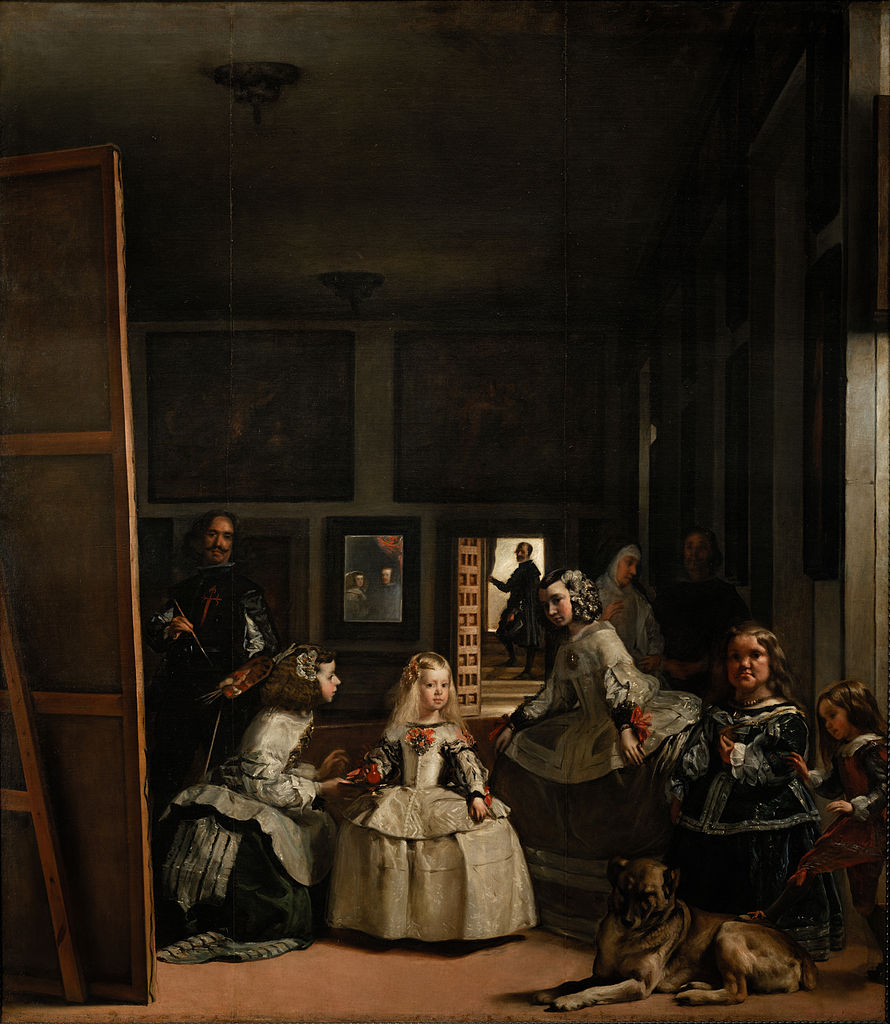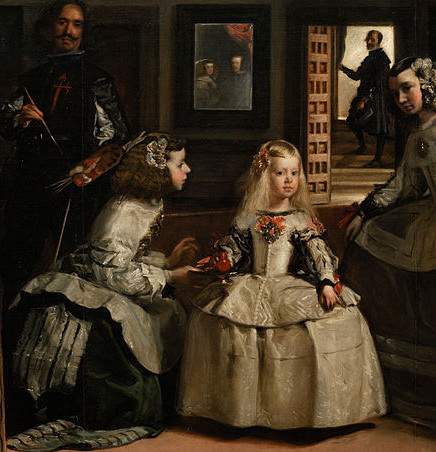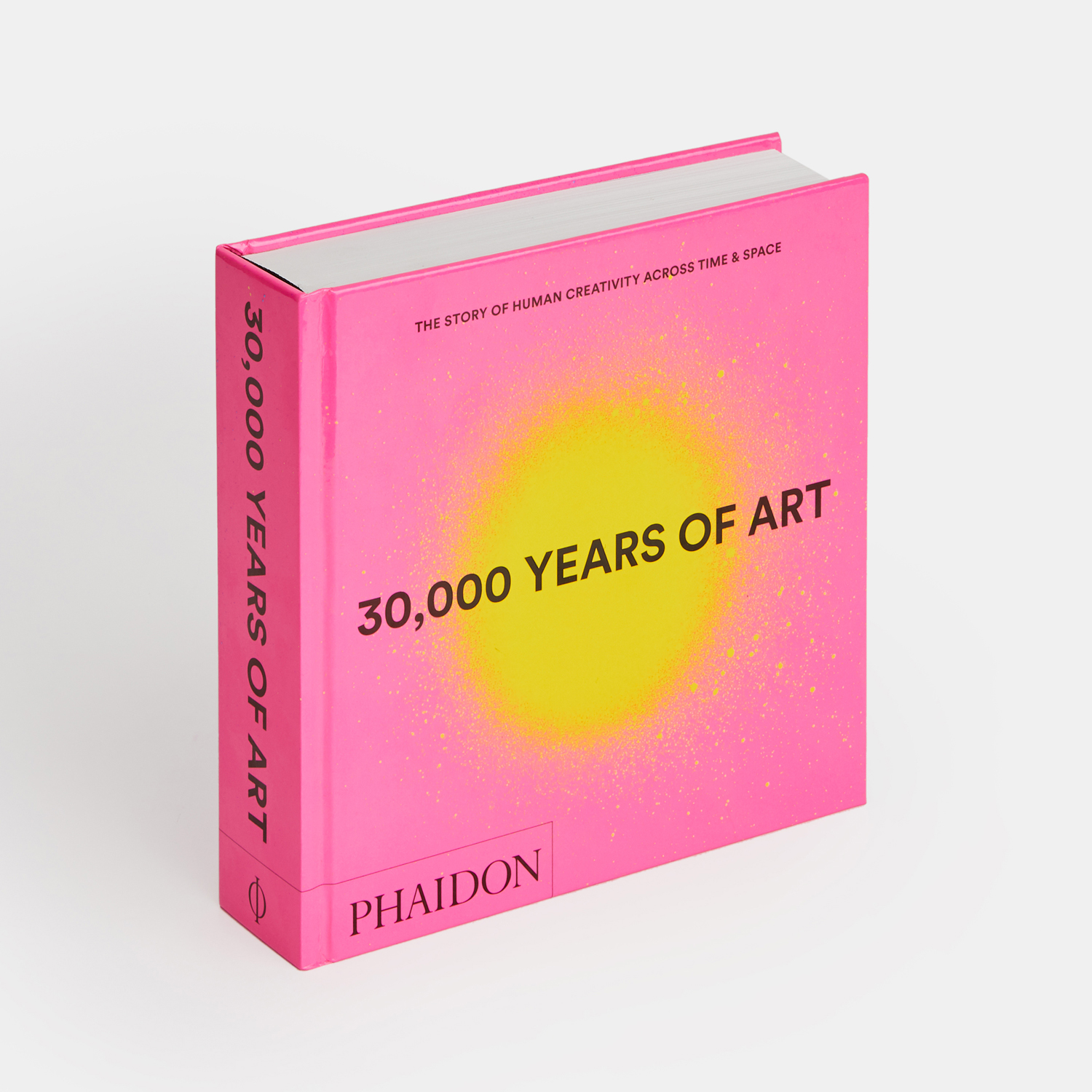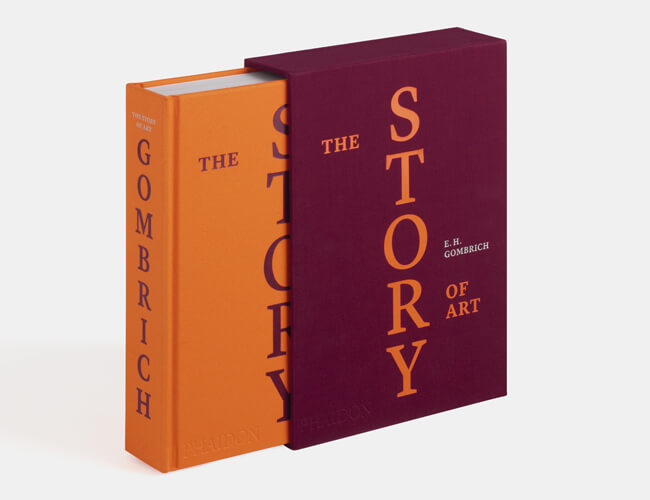
The true meaning of Las Meninas by Velázquez
On the anniversary of Velázquez’s birth, we look at the composition and techniques used in his most famous painting
Family portraits often aren’t the most exciting pictures to look at, or take. However, the Spanish Old Master Diego Rodríguez de Silva y Velázquez, who was born on this day 6 June, 1599, managed to turn one, quite peculiar household portrait into one of the best-loved and most widely analysed paintings in western art history.
“One of the most famous and controversial artworks of all time, Las Meninas (The Maids of Honour) is regarded as a dialogue between artist and viewer, with its double mirror imagery and sketchy brushwork that brings every figure and object in the room to life," explains our book, 30,000 Years of Art. "Painters as diverse as Goya, Manet, Sargent and Picasso have been inspired to create copies and adaptations after Velázquez’s masterpiece.”
“The Infanta Margarita of Spain stands between her two maids of honour, Doña Isabel de Velasco and Doña María Augustina Sarmiento, who curtsies to the little princess as she offers her a beaker of water. On the right stand two dwarves, Mari-Bárbola and Nicolás de Pertusato, the latter of whom gently pushes a sleeping bull mastiff with his foot so that the dog will attend to his master and mistress, Philip IV of Spain and Queen Mariana. The king and queen are reflected in a mirror at the back of the room as they stand under a red curtain and pose for the court artist, Velázquez himself.

Painters had worked with mirrors before, and included themselves in their pictures. So, what’s the meaning behind La Meninas, and what makes it so special? There is no clear answer, but in his book The Story of Art, EH Gombrich suggests that, in this masterpiece, “Velázquez has arrested a real moment of time long before the invention of the camera. Perhaps the princess was brought into the royal presence to relieve the boredom of the sitting and the King or Queen remarked to Velázquez that here was a worthy subject for his brush,” Gombrich explains. “The words spoken by the sovereign are always treated as a command and so we may owe this masterpiece to a passing wish only Velázquez was able to turn into reality.”

For more highbrow insight from this great art historian, order a copy of EH Gombrich’s The Story of Art here; for more on La Meninas’ place in art history, get 30,000 Years of Art.
